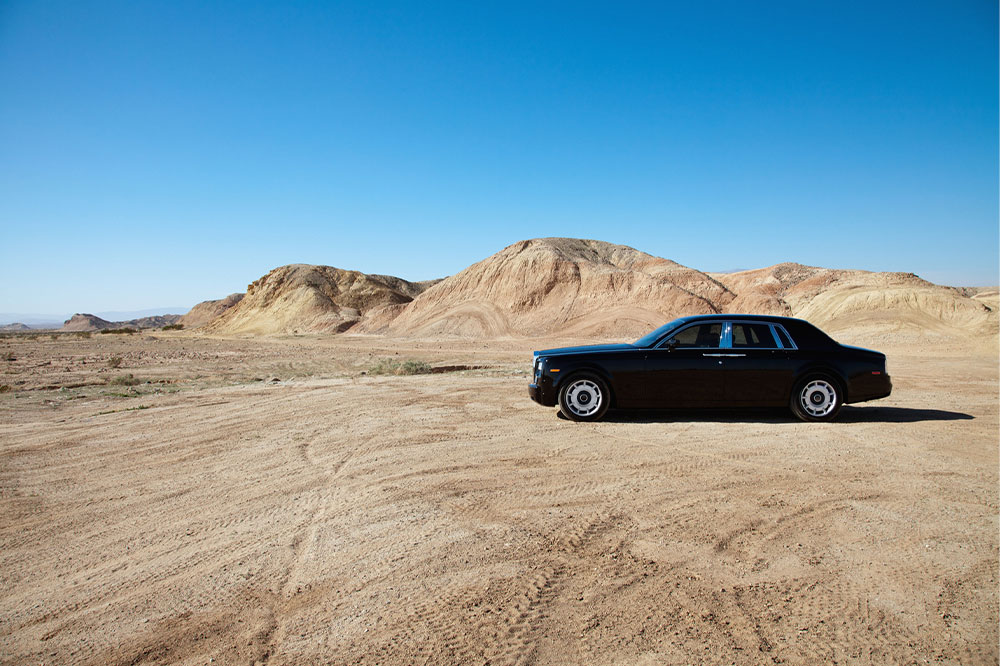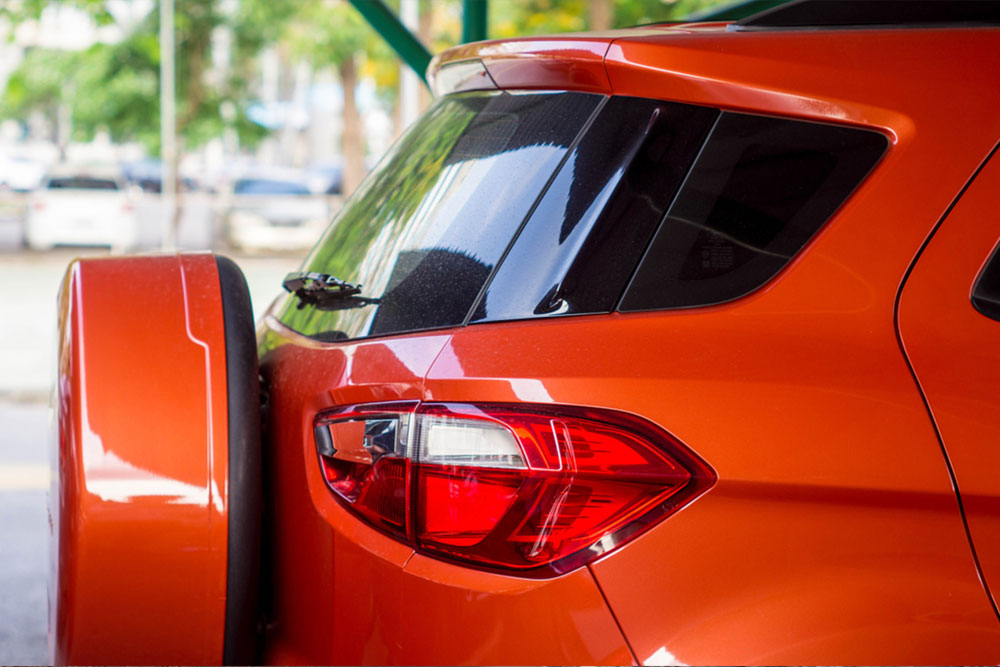Ultimate Guide to Buying a Used Jaguar X-Type: What You Need to Know
Discover the comprehensive guide to buying a used Jaguar X-Type. Learn about exterior and interior design, engine options, safety features, pricing, and maintenance tips to ensure a smart investment. Perfect for luxury car enthusiasts seeking a blend of elegance and practicality in a pre-owned vehicle.

Ultimate Guide to Buying a Used Jaguar X-Type: What You Need to Know
The Jaguar X-Type has long been celebrated for its blend of luxury, performance, and affordability, making it a compelling choice within the used premium vehicle market. Since its debut in the early 2000s, the X-Type has captured the attention of automotive enthusiasts seeking an elegant yet practical luxury sedan or station wagon. Its sophisticated design, balanced driving dynamics, and advanced safety features have contributed to its popularity among used car buyers. However, purchasing a used Jaguar X-Type requires careful consideration of many key factors to ensure a smart investment and a delightful ownership experience. This comprehensive guide provides you with detailed insights into what to look for, including exterior and interior features, engine options, safety equipment, pricing, and overall vehicle condition.
Examining Exterior and Interior Design
The exterior design of the Jaguar X-Type exudes a sporty yet refined aesthetic that has stood the test of time. Its hallmark twin circular headlights, stylish grille, and streamlined silhouette work together to project a sense of luxury and sophistication. Whether choosing the sedan or station wagon, the X-Type's design details, such as alloy wheels and chrome accents, contribute to its upscale appearance. Despite being introduced in 2001, the vehicle's styling remains attractive and relevant, appealing to buyers who appreciate classic elegance with a modern touch. When inspecting a used model, pay attention to the condition of the paintwork, body panels, and alloy wheels, looking for signs of previous damage or rust.
Moving inside, the X-Type’s cabin reflects a commitment to comfort and quality. The dashboard design echoes the styling of larger Jaguar models like the XJ and XK8, with wood veneer trims, chrome accents, and high-quality plastics. Although some interior materials may show signs of age—such as minor cracking or fading—the overall layout emphasizes ergonomics and driver convenience. Key controls, including climate dials, infotainment systems, and electronic adjustments, should be tested for proper functionality. Prospective buyers should also verify the operation of power windows, mirrors, and seats.
The seating layout offers comfortable support for four adults, with supportive, well-shaped seats upholstered in leather or high-quality fabric depending on the trim level. Spaciousness is a perk, with trunks offering about 16 cubic feet in the sedan model, extending up to 50 cubic feet in wagons when rear seats are folded. This makes the X-Type a practical choice for families or those who carry significant cargo. However, potential owners should consider that fitting a fifth adult comfortably might be challenging due to rear legroom and seat configuration.
Evaluating Engines and Fuel Efficiency
The Jaguar X-Type boasts an extensive engine lineup suited to various driver preferences and needs. Petrol options include 2.1-liter, 2.5-liter, and 3.0-liter V6 engines, each delivering a unique blend of power and efficiency. Diesel variants come with 2.0-liter and 2.2-liter engines, favored for their superior fuel economy. Most models feature a 5-speed manual transmission, providing a direct and engaging driving experience. The 3.0-liter V6, however, typically comes with a 5-speed automatic transmission for smoother operation. Performance metrics vary across variants, with top speeds around 130-144 mph, and acceleration from 0 to 62 mph in approximately 7.5 to 9.4 seconds. Fuel consumption is a strong point for diesel engines, which can achieve up to 42 mpg on combined driving cycles, whereas petrol models generally average around 25-26 mpg. Considering long-term fuel savings, diesel engines are especially attractive.
When contemplating purchase, it’s important to review the specific engine condition, including potential issues common in older models, such as oil consumption or cooling system wear. A thorough pre-purchase inspection by a qualified mechanic is highly recommended to assess engine health and ensure reliability.
Safety Features and Equipment
Safety is a major consideration when buying a used luxury vehicle, and the Jaguar X-Type offers a suite of standard features. These include leather upholstery (in higher trims), adjustable front seats, stability control, traction control, anti-lock braking system (ABS), and automatic headlights that adapt to ambient lighting conditions. From the 2008 facelift onward, additional safety enhancements and luxury features—such as upgraded climate control, improved infotainment systems, and more sophisticated security measures—became available. Verifying the presence and functionality of these features is crucial for an optimal ownership experience and safety assurance.
It’s also advisable to check the vehicle’s accident history, maintenance records, and whether any recalls have been addressed. Ensuring the vehicle has undergone recent safety inspections can mitigate potential future costs.
Pricing, Variants, and Ownership Costs
Prices for used Jaguar X-Types vary widely based on mileage, condition, trim level, and model year. Generally, you can expect to pay between $3,800 and $9,900 for a well-maintained model. Vehicles with lower mileage, on-road history, and additional features command higher prices. For example, a 2005 model with 60,000 miles might fetch around $6,500, while a 2008 facelift with 70,000 miles could cost closer to $8,500. It's essential to assess the vehicle’s overall condition and history when determining value.
Potential buyers should also consider ongoing maintenance and ownership costs, which include regular servicing, potential repairs of aging components, and insurance premiums. Due to their luxury status, Jaguar X-Types may have higher parts and repair costs compared to non-premium vehicles. A comprehensive pre-purchase inspection can identify upcoming maintenance needs, saving money and ensuring satisfaction in the long run.
In summary, purchasing a used Jaguar X-Type can be a rewarding experience for those who appreciate a combination of style, comfort, and performance. By carefully evaluating exterior and interior condition, engine health, safety features, and price, buyers can find a model that offers excellent value and enjoyable driving. This guide aims to equip prospective owners with the knowledge needed to make informed decisions and enjoy all the luxury and performance that a Jaguar X-Type offers.





